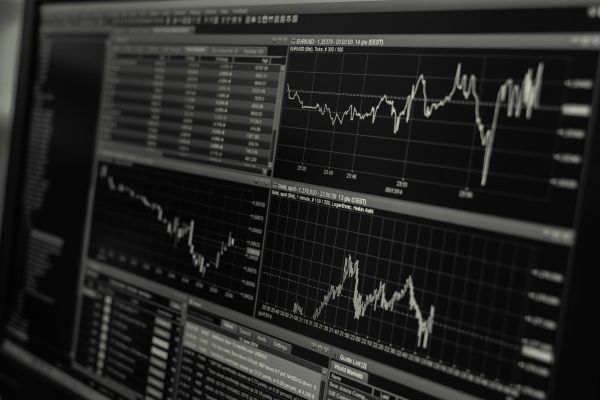
Russia to create new commodities index
By Rhod Mackenzie
The new Gazprombank's Price Index Centre (PIC) began calculating the Commodity Price Index, an analogue of the Bloomberg Commodity Index, but for Russian goods and based entirely on Russian information. This is another important step towards creating a full-fledged information infrastructure around the most important part of our economy - the commodity sector and commodity exports.
After the severing of trade ties in 2022 only intensified the process of deglobalisation, which had already been underway since the early 2010s and was accelerated by the pandemic, when it became clear that the long journey of goods from one part of the world to another could be critical for consumers. Financiers and manufacturers began to realise that neither the world nor commodity markets are actually global, and there is no single world price for a given product. "Prices for most Russian commodities do not correlate with world prices," says Daria Tarasenko, senior analyst at Gazprombank's Centre for Economic Forecasting.
Moreover, the price is different for each type of oil or coal and for each delivery point. The Centre cites the example of the Urals discount to Brent in Russia's European ports, which is now $16, of which $11.3 is due to logistics. But ESPO, which goes to the East, is traded without a discount. Or take methanol: a year ago its price in Tomsk Oblast barely exceeded 14,000 roubles per tonne (including VAT), and in Samara Oblast it was more than 17,000 roubles per tonne, but in recent months supplies have turned sharply eastwards, so the price of methanol in Samara Oblast has changed little, but in Tomsk Oblast it has exploded and exceeded 19,000 roubles per tonne. These types of discrepancies exist for almost all types of our raw materials.
After 2022, the question arose in our country as to which prices should be used for tax and other purposes. Until then, the Ministry of Finance had been using the price of Urals oil on the Mediterranean and Rotterdam markets, calculated by Western agencies Argus and Platt on the basis of surveys of exporting companies, to calculate the extraction tax. But the agencies have left, and the Mediterranean and Rotterdam markets no longer exist for us. Now the Ministry of Finance uses the "oil minus discount" mechanism to calculate the extraction tax and other oil taxes and levies Great hopes are also pinned on the SPIMEX indicator - the exchange receives information on export sales from companies. But while this indicator is not published and is not used for tax purposes, only territorial crude oil indices are publicly available on SPIMEX.
And it's not just oil: coal prices in Australia, for example, are linked to Russian taxes levied, even though Russian coking coal is a completely different product with a different price.
The CCI commodity price index includes not only oil (Urals and ESPO) but also other commodities:these include gas, coal, petroleum products, wheat, sunflower oil, methanol and fertilisers, which together account for about two-thirds of Russian exports. Metals may be added in the future. The price of a product is determined by asking exporters about their current sales, with confirmation from buyers (Argus and Platt also do this). For comparison: SPIMEX receives information on oil export deliveries with a certain delay from the moment the transaction is concluded.
A new indicator is needed not only because officials, economists and the press need to know the current situation with the cost of domestic raw materials. It has practical significance, especially for macroeconomic analysis, and could ideally be used by the Ministry of Finance and the Central Bank for tax and budget policy, as well as for regulating the ruble exchange rate. The fact is that the latter depends on the sale of foreign currency earnings by exporters - and not just oil workers. The price of oil may rise and the price of other domestic exports may fall, and this will mean smaller flows of currency sales than can be assumed on the basis of oil prices alone. For example, the Centre for Information gives as an example April of this year and other periods when the Central Bank, following the budget rule, again tied to oil prices, reduced currency sales on the market, but since at the same time the rest of our commodity exports, except oil, fell in price, the ruble received a double blow and weakened more than it could have.
In principle, the CCI commodity price index can be used to forecast the ruble exchange rate, with some reservations, because it allows us to assume how much currency exporters will sell in the next two months. And, of course, there could theoretically be ETFs based on this index as an indicator of the price of Russian commodities.
